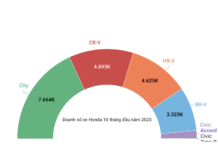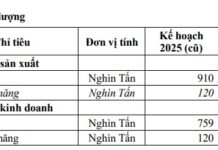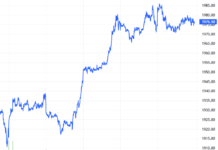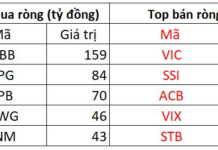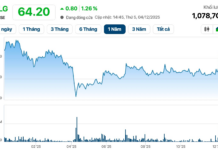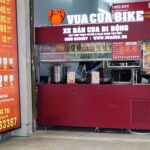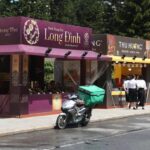From an insider’s perspective, Nguyen Duc Thanh, the founder of the AM Café chain—once boasting 11 branches in Ho Chi Minh City, now reduced to just one—can only exclaim: “The competition is brutally fierce!”
Why have 50,000 establishments closed?
According to him, the F&B industry is currently chasing trends, forcing café owners to continuously invest in new menu items and décor to keep up with the “hot trends,” leading to revenue failing to cover costs. “Previous investments haven’t even been recouped, yet new investments are required to attract customers, resulting in losses,” the café owner explains.
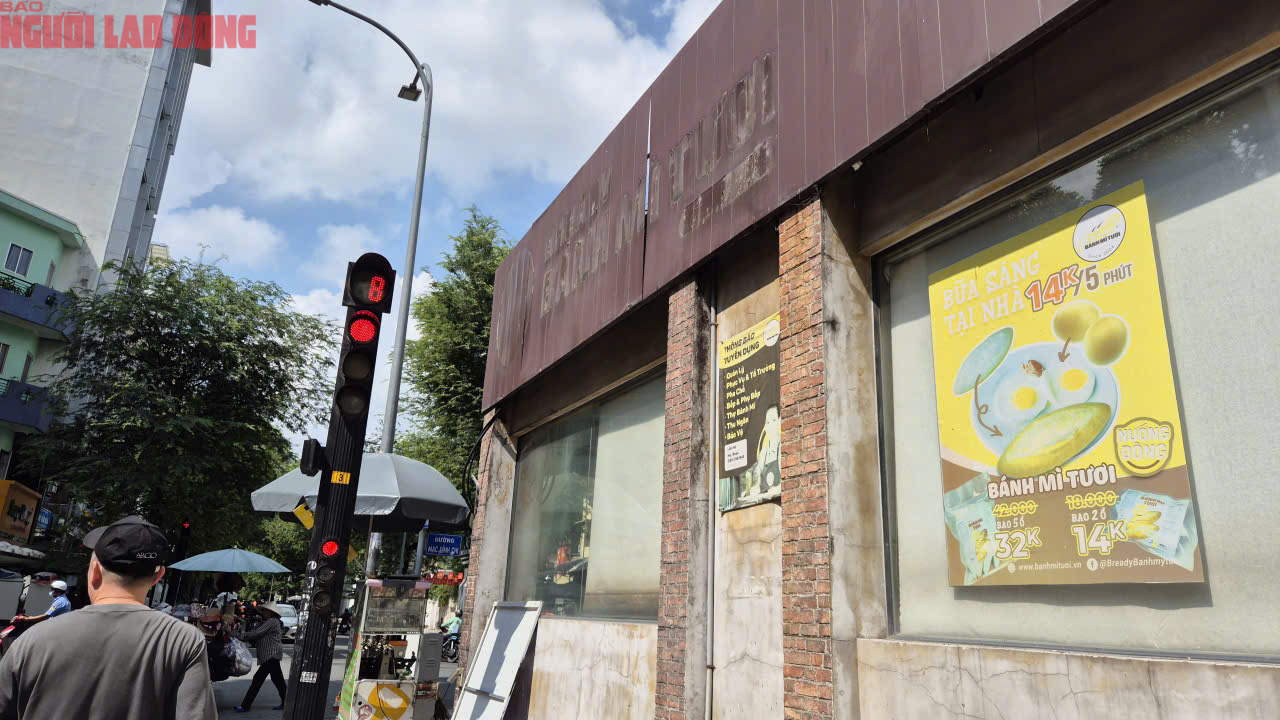
Bready, a 21-year-old fresh bread brand, closed its doors as a café model paired with bread.
As a result, AM Café opted for a streamlined approach, reducing its menu to cut costs and selling off underperforming locations.
“Some franchised outlets are still operating well, but in a labor-intensive manner, with owners directly managing the counter,” Mr. Thanh adds.
Mr. Thanh also highlights that a significant factor driving many outlets to close is the government’s tightening of regulations, such as those related to taxes, food safety, and urban order, aimed at formalizing business operations.
Consequently, numerous street food kiosks have been removed from sidewalks in areas where authorities are enforcing strict measures. These models cannot be relocated indoors due to high costs and, more critically, the inability to reach their target customers—those opting for takeout.
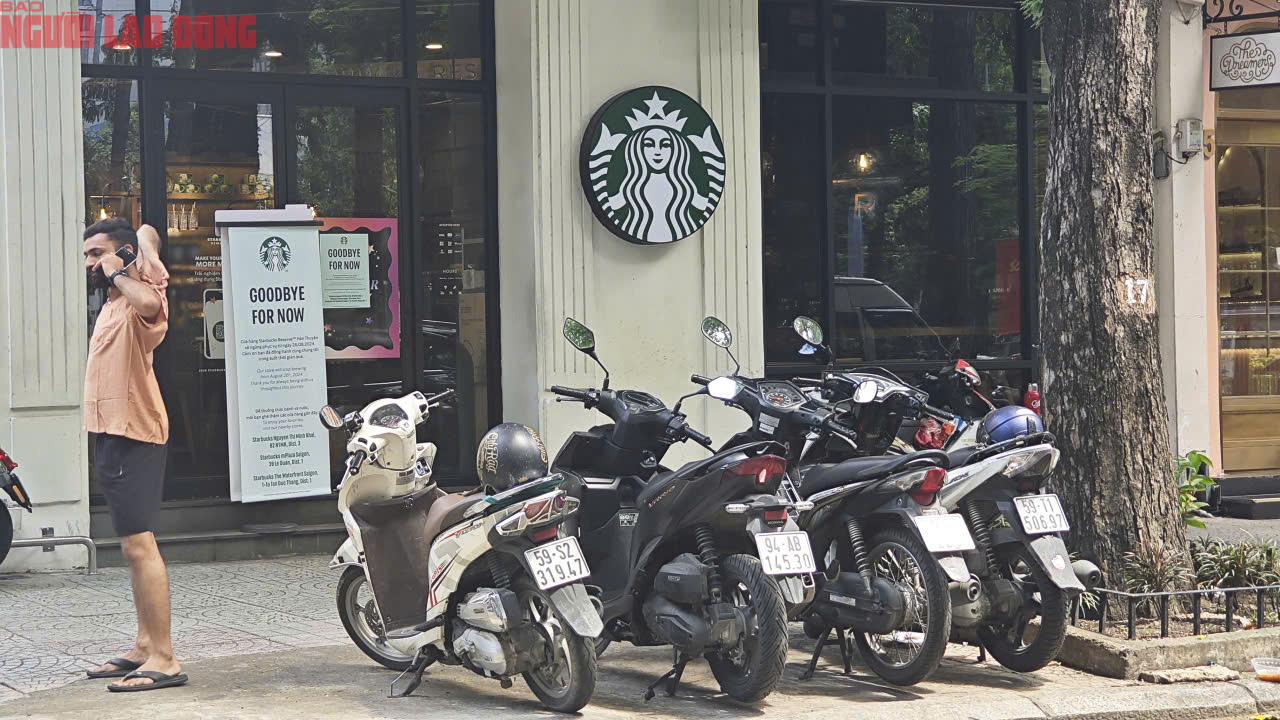
Starbucks Reserve Han Thuyen closed its doors.
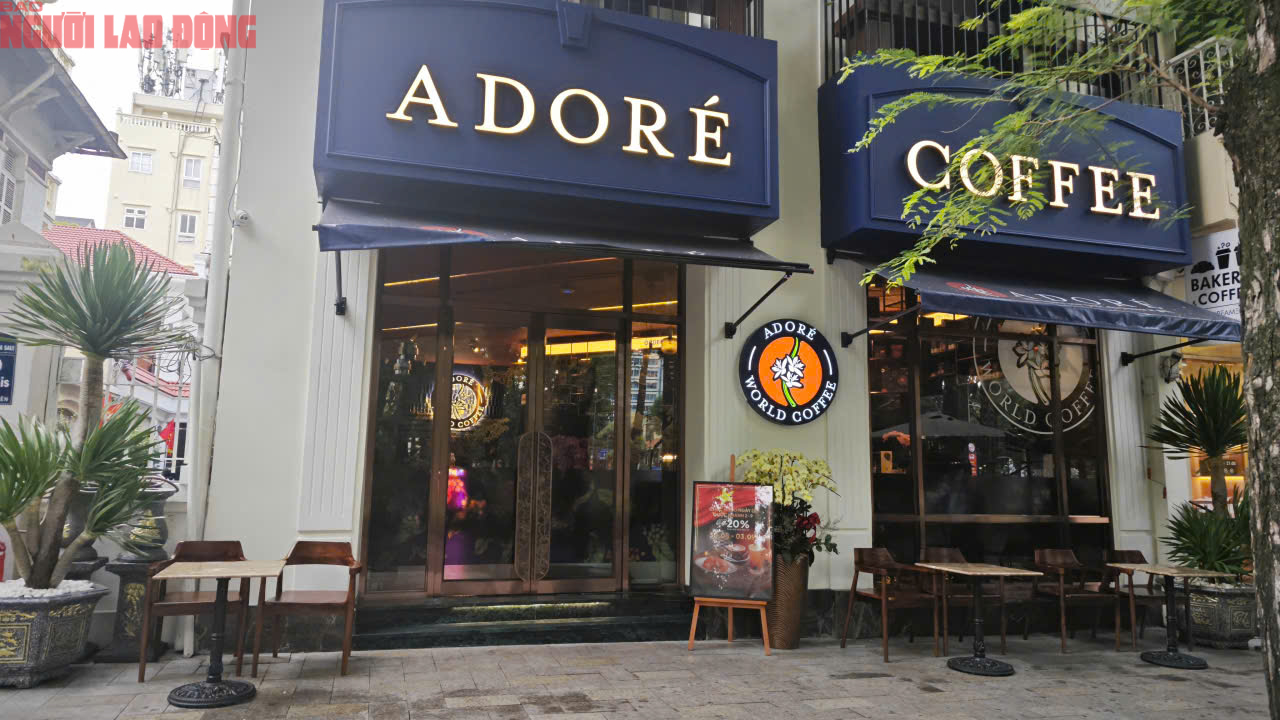
ADORÉ Coffee replaced it.
Consumers cutting back on spending
Phan Thi Hong Loan, Director of Hong Loan Trading and Production Co., Ltd. (specializing in supplying roasted coffee to cafés and owner of a bun-fish restaurant), notes that the beverage market is more cutthroat than the restaurant business.
“Although coffee is an essential product, consumers are reducing their consumption frequency compared to before, from 2-3 cups per day to just 1 cup per day. Customers with middle to lower incomes are switching to more affordable options,” Ms. Loan observes.
Ms. Loan points out a reality: when Vietnamese consider starting a business or side hustle, they often think of opening an F&B establishment, leading to an oversaturation of new outlets and intensifying competition. Many new owners, unfamiliar with costs, price their offerings too low, relying on labor to make ends meet, resulting in price wars.
Ms. Loan predicts that from now until the end of 2026, the F&B market will remain challenging, requiring café owners to continually optimize their operations to enhance competitiveness.
Continuous closures and openings
On October 11, a reporter from Nguoi Lao Dong Newspaper spoke with iPOS.vn—a research unit that published data on over 50,000 F&B outlets closing nationwide in the first half of 2025. The unit verified this figure and added that during the same period, approximately 30,000 new F&B outlets opened, bringing the total number of F&B establishments to around 299,900.
Notably, an iPos.vn survey revealed that nearly 68% of café owners plan to expand in the second half of 2025, compared to 58% in the same period last year. This indicates that businesses in the industry are optimistic and, having weathered the crisis, are ready to reinvest and expand.
Masan Forecasts 90% Profit Plan Completion for the Year
Consumer stimulus policies, particularly the VAT reduction to 8% for essential goods, have provided a significant boost to the consumer and retail sectors. In this landscape, Masan (HOSE: MSN) stands out, having projected the achievement of 90% of its 2025 profit plan within just nine months, reinforcing confidence in the industry’s growth prospects.
Why Are Coffee and Bubble Tea Brands Exiting the Market Before Bready’s Fresh Bread?
The F&B industry is notoriously fickle, with a short lifespan for businesses that fail to innovate. Stagnation leads to obsolescence in this fast-paced sector.
Unlocking Business Opportunities: How Government Stimulus Boosts Consumer Spending
Amidst a volatile global economic landscape, the Vietnamese government is strategically prioritizing domestic consumption as the cornerstone of its growth agenda. At numerous economic forums, experts and policymakers have consistently emphasized that stimulating the domestic market will serve as the pivotal driver to sustain economic recovery and achieve breakthrough momentum in the upcoming period.



